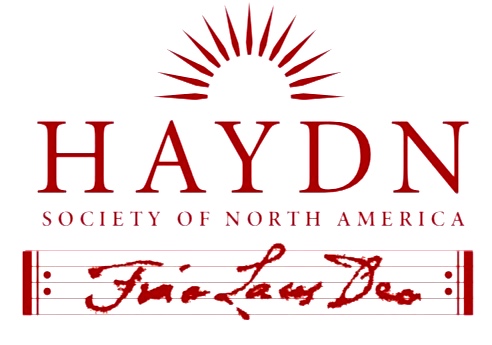
Document Type
Article
Abstract
Haydn’s single-movement settings of the Kyrie text have long been analyzed within a sonata-form paradigm. This has proven very difficult in the case of the Theresienmesse. This article draws on the theories of Willam E. Caplin and the works of Haydn and his contemporaries Waṅhal and Dittersdorf to suggest that this difficulty arises from a number of peculiar aspects of Kyrie settings that do not conform to typical instrumental sonata-form movements:
- Slow introductions in Kyrie movements are distinct from those found in symphonies, and a tempo (orchestral) introductions of those found in concertos, especially through their more modest size and sentence-like structure.
- The “Christe” section of a Kyrie does not normally resemble a development section, but instead works as a more tightly-knit contrasting middle. It usually sets new material, resulting in an ABA’ form.
- Orchestral themes within the movement are optional, but when employed are used to delineate the borders between exposition, development and recapitulation.
These insights produce an analysis that suggests that the opening adagio conceals both a short orchestral introduction and a primary theme, and that the “Christe” is the opening of the development section, rather than a secondary theme, as has previously been posited; the ensuing fugual section becomes amalgamation of transition and secondary theme. In this analysis, the partial recurrence of the opening adagio can be explained, and the resulting analysis conforms more closely to Hepokoski and Darcy’s notion of sonata rotations.68
Recommended Citation
Hosar, Halvor K.
(2020)
"The Kyrie as Sonata Form: A Form-Functional Approach to Haydn's Theresienmesse,"
HAYDN: Online Journal of the Haydn Society of North America: Vol. 10, Article 2.
Available at:
https://remix.berklee.edu/haydn-journal/vol10/iss1/2
© Haydn Society of North America ; Boston: Berklee Library, 2020. Duplication without the express permission of the author and/or the Haydn Society of North America is prohibited.


